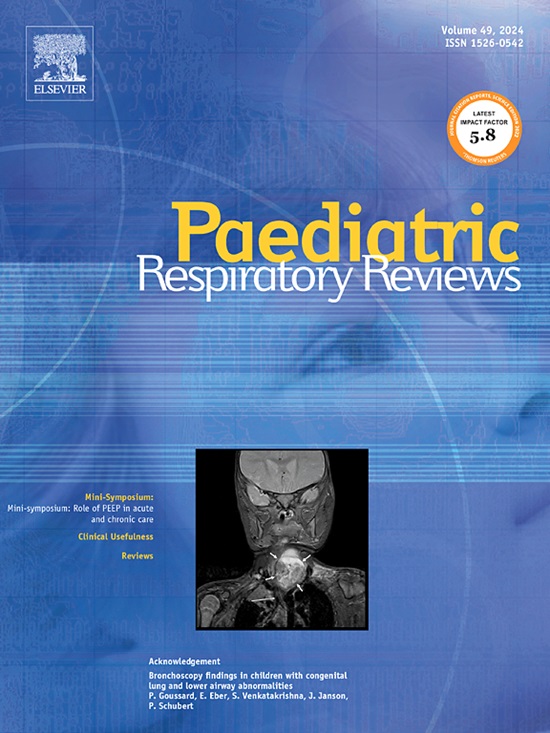Assessment of obstructive sleep apnoea in children: What are the challenges we face?
IF 4
3区 医学
Q1 PEDIATRICS
引用次数: 0
Abstract
There is an increasing demand for the assessment of sleep-disordered breathing in children of all ages to prevent the deleterious neurocognitive and behaviour consequences of the under-diagnosis and under-treatment of obstructive sleep apnoea [OSA]. OSA can be considered in three broad categories based on predominating contributory features: OSA type 1 [enlarged tonsils and adenoids], type II [Obesity] and type III [craniofacial abnormalities, syndromal, storage diseases and neuromuscular conditions]. The reality is that sleep questionnaires or calculations of body mass index in isolation are poorly predictive of OSA in individuals. Globally, the access to testing in tertiary referral centres is comprehensively overwhelmed by the demand and financial cost. This has prompted the need for better awareness and focussed history taking, matched with simpler tools with acceptable accuracy used in the setting of likely OSA. Consequently, we present key indications for polysomnography and present scalable, existing alternatives for assessment of OSA in the hospital or home setting, using polygraphy, oximetry or contactless sleep monitoring.
儿童阻塞性睡眠呼吸暂停的评估:我们面临哪些挑战?
为了防止阻塞性睡眠呼吸暂停(OSA)诊断不足和治疗不足对神经认知和行为造成的有害影响,对各年龄段儿童睡眠呼吸障碍的评估需求日益增加。根据主要的致病特征,OSA 可分为三大类:1 型 OSA [扁桃体和腺样体肥大]、II 型 OSA [肥胖] 和 III 型 OSA [颅面异常、综合征、贮存性疾病和神经肌肉疾病]。现实情况是,单独的睡眠问卷调查或体重指数计算并不能很好地预测个体的 OSA。在全球范围内,三级转诊中心的检测需求和经济成本全面压倒一切。因此,我们需要提高对病史采集的认识和针对性,并在可能出现 OSA 的情况下使用准确性可接受的简单工具。因此,我们介绍了多导睡眠图的主要适应症,并介绍了在医院或家庭环境中使用多导睡眠图、血氧饱和度或非接触式睡眠监测评估 OSA 的可扩展的现有替代方法。
本文章由计算机程序翻译,如有差异,请以英文原文为准。
求助全文
约1分钟内获得全文
求助全文
来源期刊

Paediatric Respiratory Reviews
医学-呼吸系统
CiteScore
12.50
自引率
0.00%
发文量
40
审稿时长
23 days
期刊介绍:
Paediatric Respiratory Reviews offers authors the opportunity to submit their own editorials, educational reviews and short communications on topics relevant to paediatric respiratory medicine. These peer reviewed contributions will complement the commissioned reviews which will continue to form an integral part of the journal.
Subjects covered include:
• Epidemiology
• Immunology and cell biology
• Physiology
• Occupational disorders
• The role of allergens and pollutants
A particular emphasis is given to the recommendation of "best practice" for primary care physicians and paediatricians.
Paediatric Respiratory Reviews is aimed at general paediatricians but it should also be read by specialist paediatric physicians and nurses, respiratory physicians and general practitioners.
It is a journal for those who are busy and do not have time to read systematically through literature, but who need to stay up to date in the field of paediatric respiratory and sleep medicine.
 求助内容:
求助内容: 应助结果提醒方式:
应助结果提醒方式:


